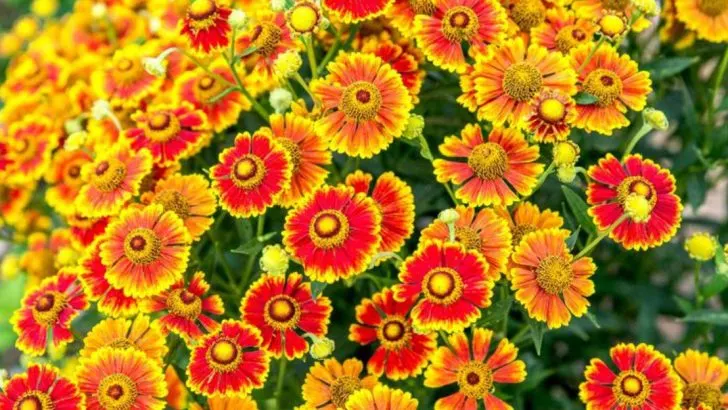A garden that stays colorful from spring to fall is every gardener’s dream, and perennials make it possible! These 27 long-blooming perennial flowers will ensure your garden remains vibrant throughout the seasons. From early-spring crocuses to late-fall asters, these hardy plants provide continuous beauty year after year with minimal effort. Whether you love bright, bold colors or soft, romantic hues, there’s a perennial on this list to suit every style.
Echinacea (Coneflower)
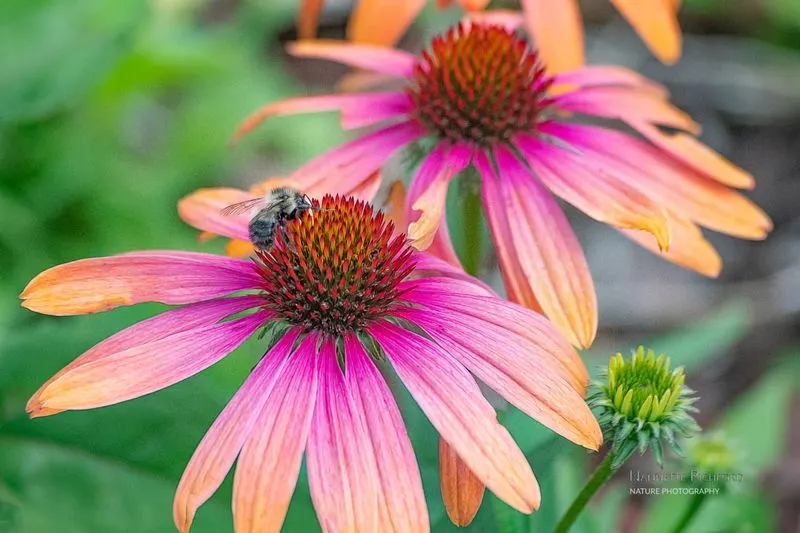
Echinacea is a standout with its bold, daisy-like flowers and vibrant pink and purple hues. Known for attracting butterflies and pollinators, these plants add dynamic movement to your garden. In well-drained soil and full sun, they thrive, making them low-maintenance choices for both novice and seasoned gardeners.
With a long blooming period from early summer to fall, Echinacea provides lasting color. Consider planting them in clusters to create eye-catching drifts. Their seed heads remain attractive in winter, offering visual interest even when not in bloom.
Lavandula (Lavender)
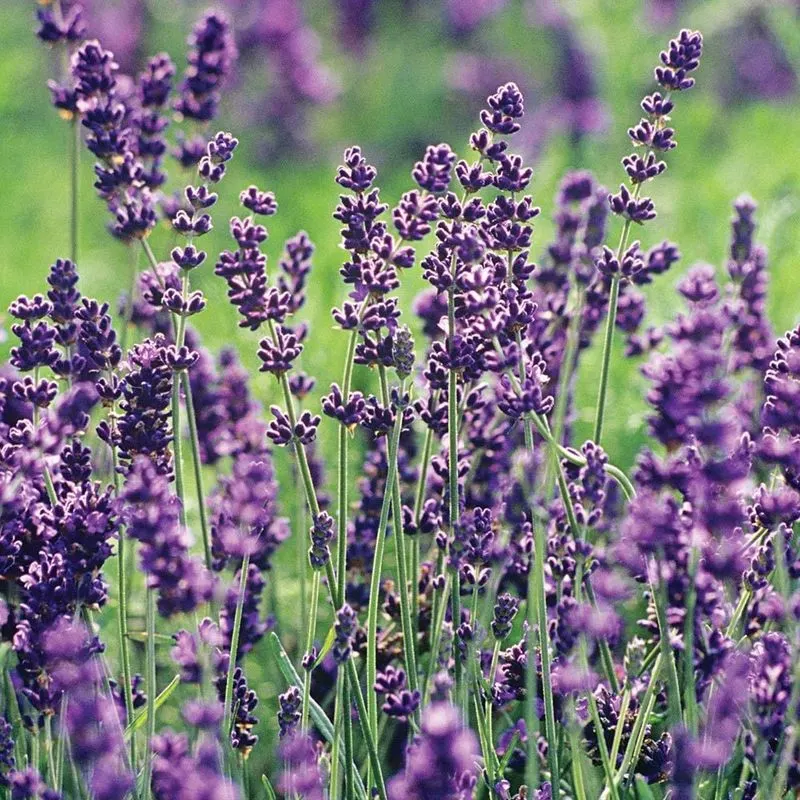
Lavender exudes a soothing aroma and aesthetic with its soft purple blooms and silvery foliage. This Mediterranean native thrives in full sun and well-drained soil, making it ideal for borders and rock gardens.
Regular pruning encourages bushy growth and extended flowering. Besides its visual appeal, lavender is cherished for its calming scent, perfect for crafting sachets or essential oils. Plant in masses for a breathtaking effect or use as a fragrant edging.
Rudbeckia (Black-eyed Susan)
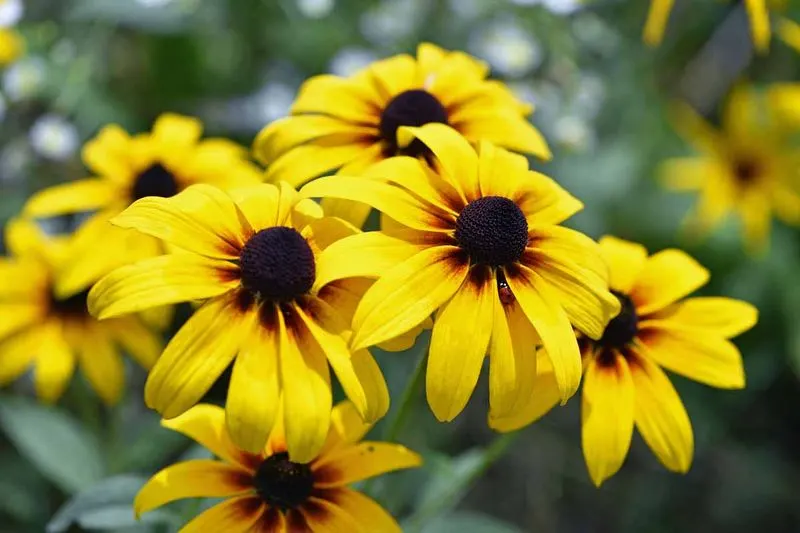
Rudbeckia, with its striking yellow petals and dark centers, commands attention. Blooming from late summer to fall, it provides cheerful color when many plants begin to fade.
Tolerant of various soil conditions, these flowers thrive in sunny spots. Consider them for borders or mixed beds. Their robust nature means they require minimal care while attracting pollinators such as bees and butterflies. Deadheading encourages repeat blooms and maintains a tidy appearance.
Sedum (Stonecrop)
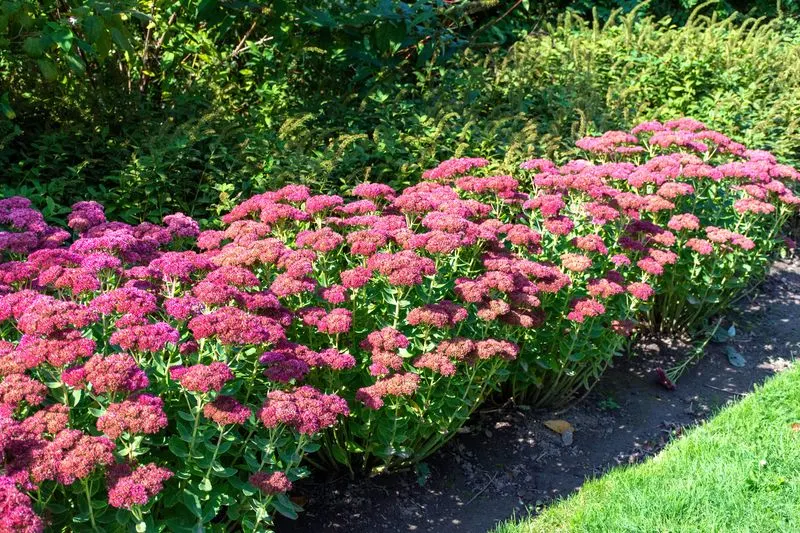
Sedum’s succulent leaves and clusters of star-shaped flowers offer both texture and color. Blooming in late summer and fall, they are drought-tolerant and thrive in sunny, well-drained spots.
Sedum’s low maintenance nature makes it ideal for rock gardens or as ground cover. Their flowers attract pollinators, adding life to your garden. Consider combining different varieties for a tapestry of color and form that evolves with the seasons.
Phlox paniculata (Garden Phlox)
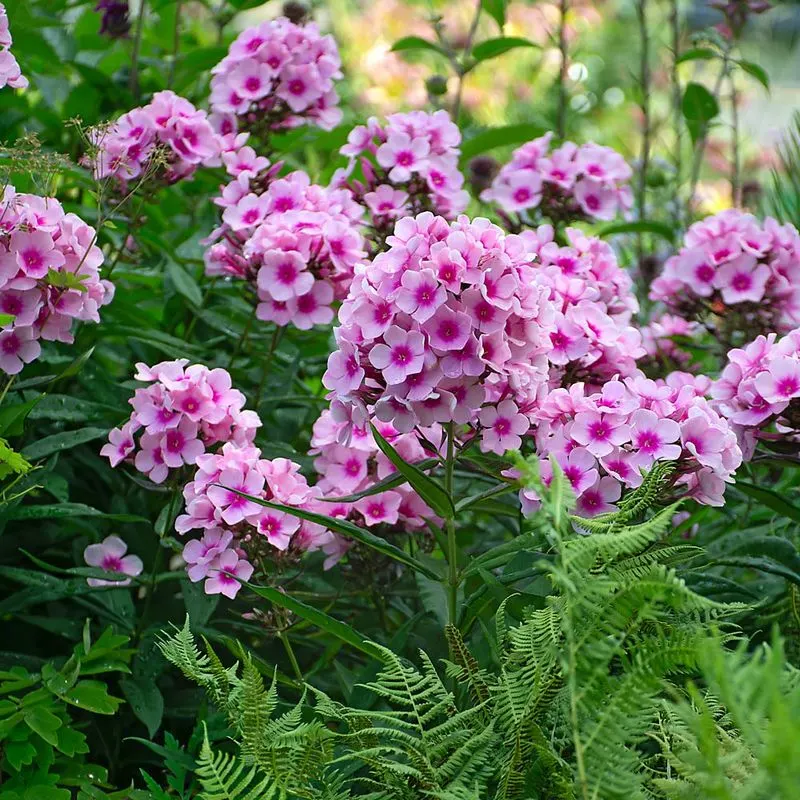
Garden Phlox is known for its tall, colorful blooms and appealing fragrance. These summer bloomers thrive in sunny locations with well-drained soil. Regular watering and good air circulation prevent powdery mildew, a common issue with Phlox.
Their vibrant colors range from pink to white, making them versatile choices for borders or as standout feature plants. Phlox attracts a variety of pollinators, ensuring your garden buzzes with life.
Hemerocallis (Daylily)
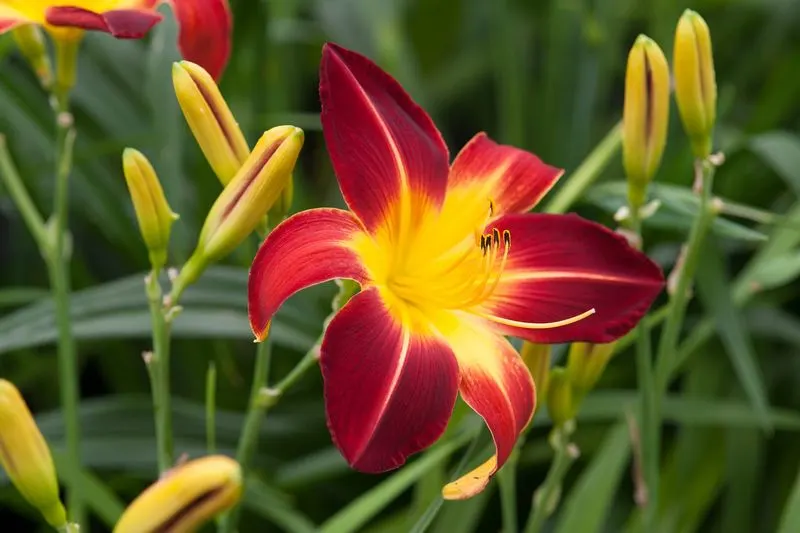
Daylilies bring vibrant flair with their trumpet-shaped flowers in stunning colors from yellow to deep red. Blooming in succession, they offer a long-lasting display from early summer through fall.
These hardy plants are adaptable to various soil conditions, but thrive best in well-drained, sunny areas. Daylilies are perfect for mass planting or as individual focal points. Their low maintenance requirements make them a favorite among gardeners.
Astilbe
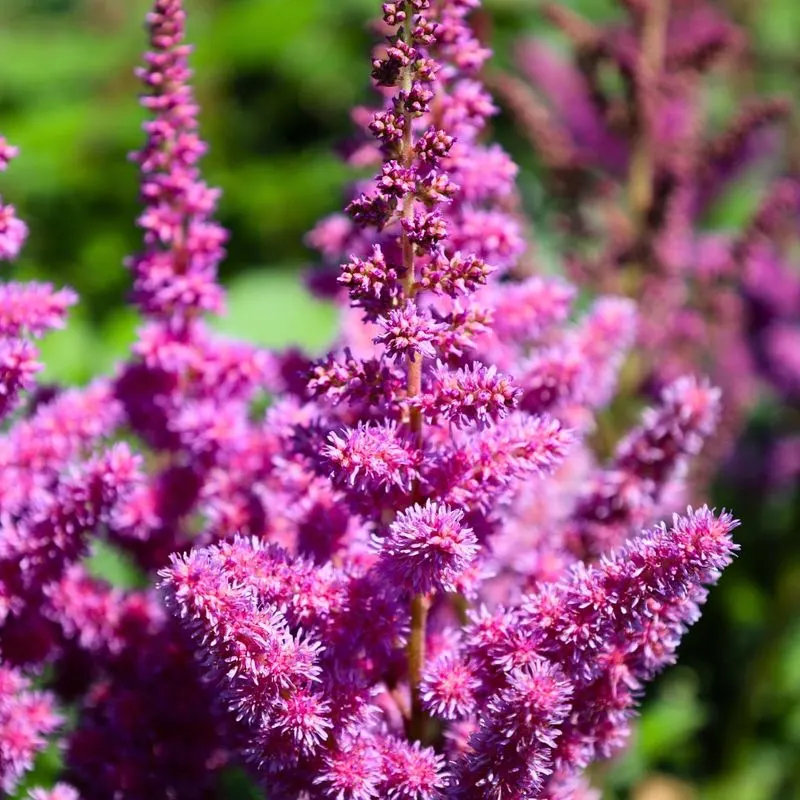
Astilbe adds elegance with its feathery plumes and fern-like foliage. Preferring part shade and moist, well-drained soil, they are perfect for woodland gardens or shaded borders.
The flowers, in hues of pink, white, and red, bloom from late spring through summer, creating a soft, romantic look. Regular watering keeps them vibrant, and removing spent blooms encourages fresh growth.
Helenium (Sneezeweed)

Helenium bursts with fiery shades of orange, red, and yellow, creating a vivid summer spectacle. These sun-loving plants thrive in well-drained soil and regular watering extends their blooming period.
Consider planting Helenium in groups for a bold impact or mix with grasses for a naturalized effect. Their late summer bloom is essential for pollinators, providing nectar when many other flowers have finished.
Alcea (Hollyhock)
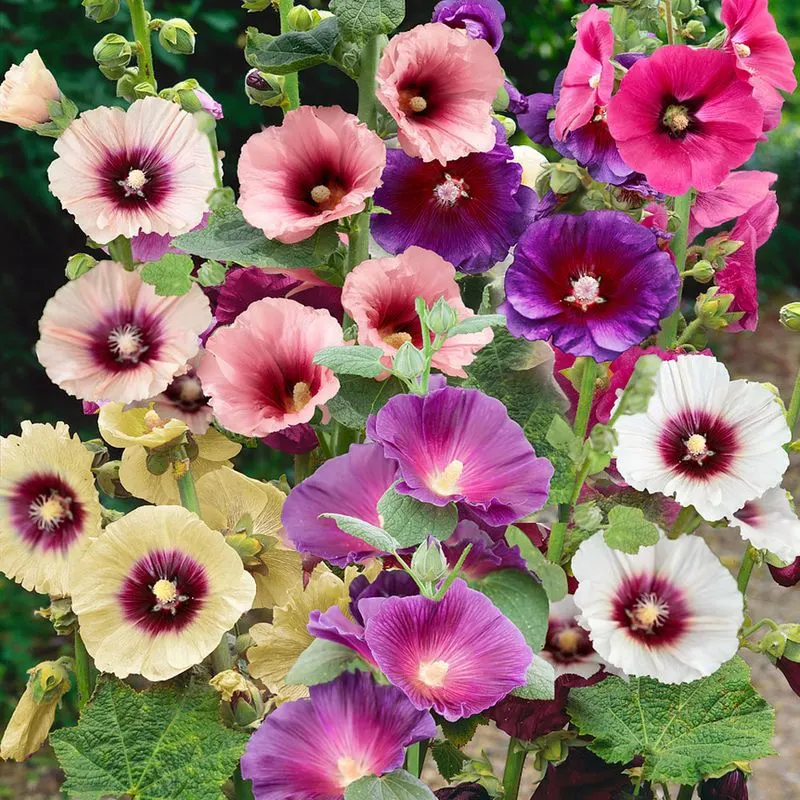
Hollyhocks are dramatic with their tall spikes and colorful blooms ranging from pink to deep red. They make striking backdrops in cottage gardens or along fences.
These biennial or short-lived perennials prefer full sun and well-drained soil. Regular deadheading encourages fresh blooms. Hollyhocks are perfect for adding vertical interest and are beloved by pollinators.
Coreopsis (Tickseed)
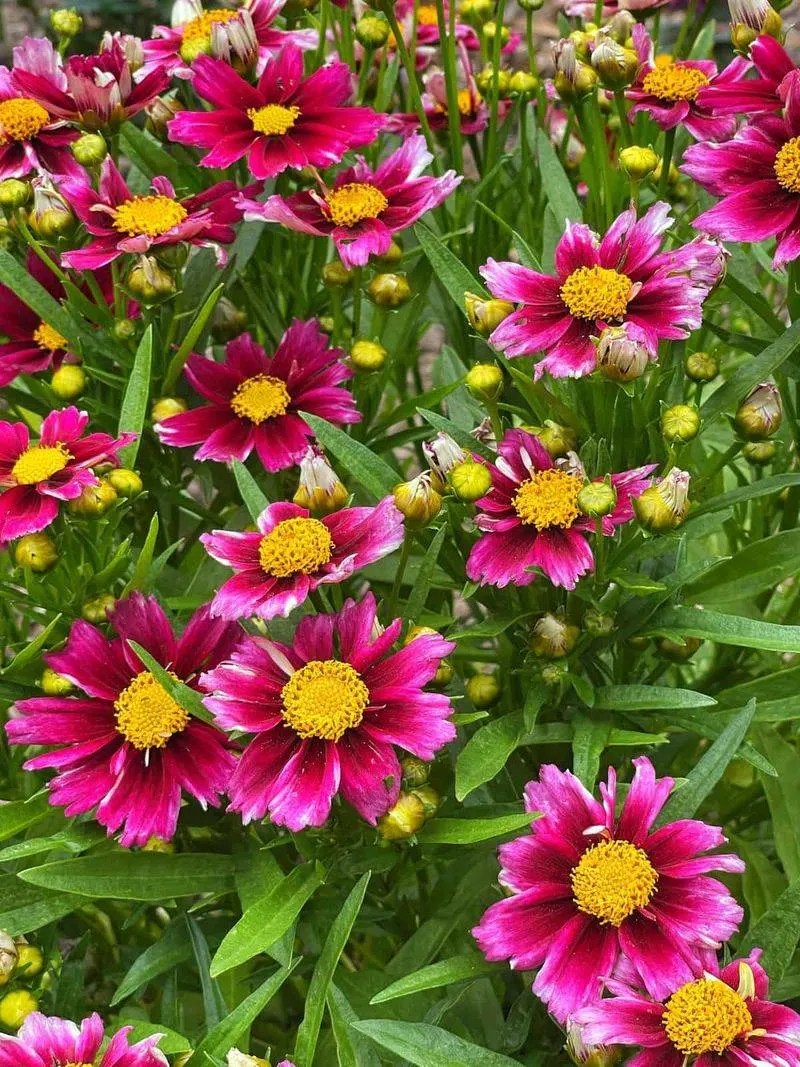
Coreopsis brightens gardens with its sunny yellow and orange flowers. These drought-tolerant plants thrive in full sun and well-drained soil, making them ideal for xeriscaping.
Blooming from early summer into fall, Coreopsis offers a long season of color. Deadheading keeps them looking their best and encourages new buds. Consider using them in borders or wildflower gardens for a natural look.
Achillea (Yarrow)
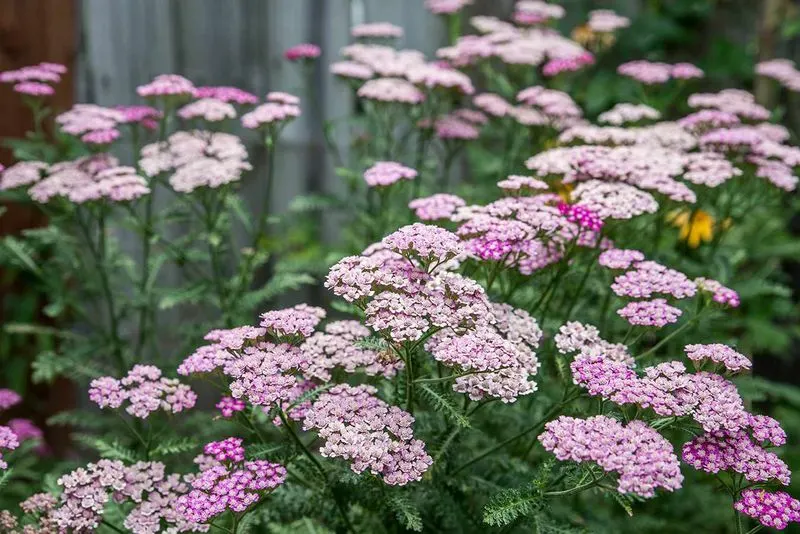
Achillea, known for its flat-topped clusters of flowers, adds a touch of wild beauty. Blooming from late spring through summer, it’s a hardy choice for sunny, well-drained locations.
The flowers come in shades of yellow, white, pink, and red, providing options for various garden themes. Yarrow attracts pollinators and is often used in medicinal remedies, adding functional value to its aesthetic appeal.
Monarda (Bee Balm)
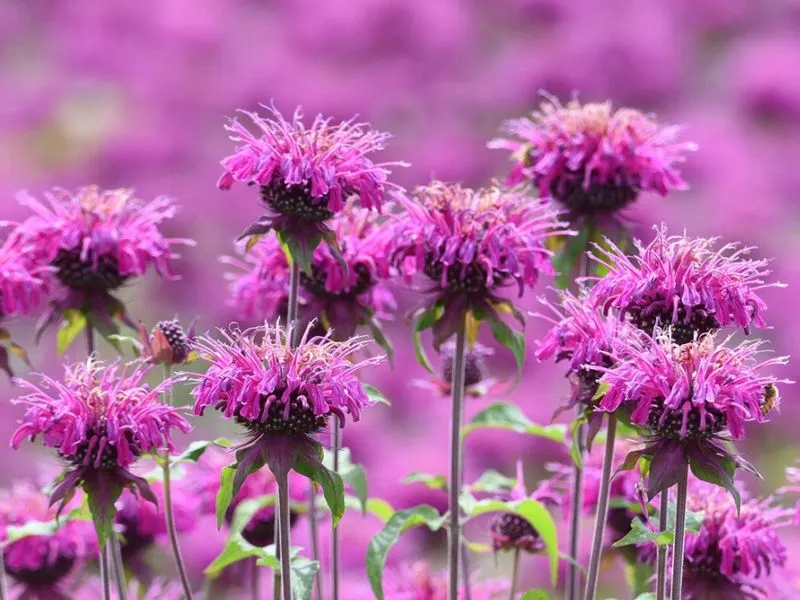
Monarda, or Bee Balm, is a vibrant addition with its striking flowers in red, pink, and purple. Blooming in midsummer, it thrives in full sun to partial shade with moist soil.
This plant is a magnet for bees, butterflies, and hummingbirds, ensuring a lively garden atmosphere. Regular deadheading promotes prolonged blooming, and its aromatic foliage can be used in herbal teas.
Salvia
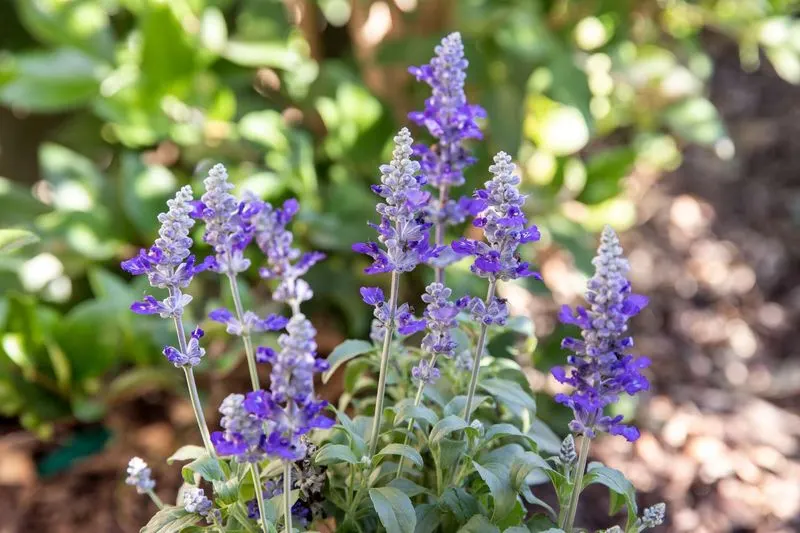
Salvia stands out with its spiky blossoms in shades of blue and purple. These hardy perennials prefer sunny spots with well-drained soil, blooming from late spring to fall.
Salvia attracts pollinators and is deer resistant, making it a practical choice. Deadheading extends the flowering season, and its aromatic foliage adds another sensory layer to your garden.
Heuchera (Coral Bells)
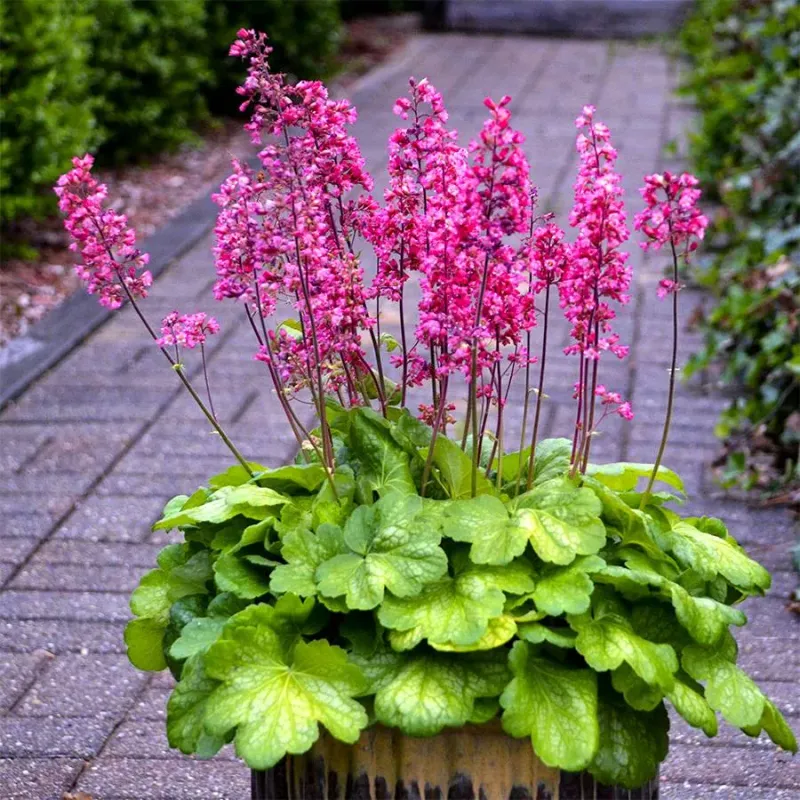
Heuchera, known for its colorful foliage ranging from deep purple to lime green, adds year-round interest. The small airy flowers appear in late spring and add a delicate touch.
These plants thrive in part shade and well-drained soil, making them ideal for shaded borders or as ground cover. Regular division keeps them healthy and vibrant. Consider mixing different varieties for a stunning visual display.
Dianthus (Pinks)
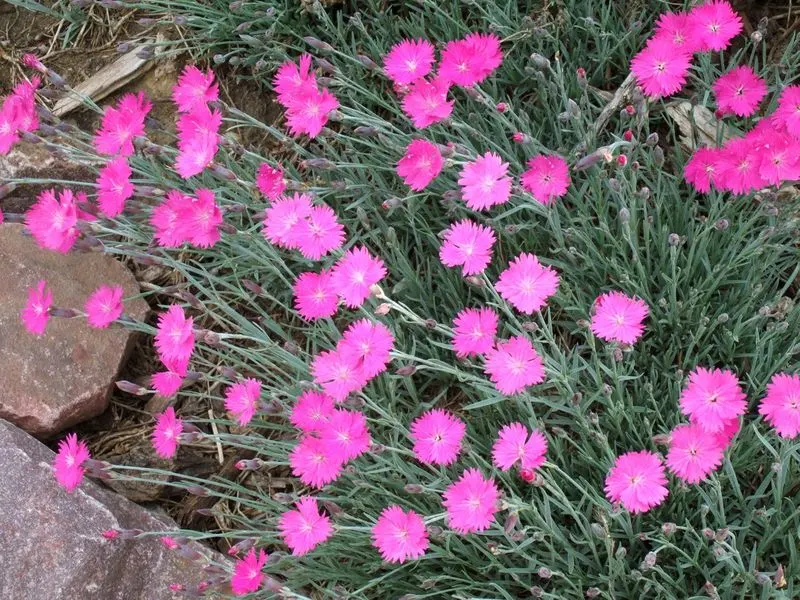
Dianthus charms with its fringed petals and sweet fragrance. Blooming in spring and summer, these flowers prefer sunny locations and well-drained soil.
Dianthus is great for borders, rock gardens, or containers. Deadheading spent flowers encourages new blooms, extending their beauty. The compact growth makes them suitable for small gardens or as edging plants.
Iris
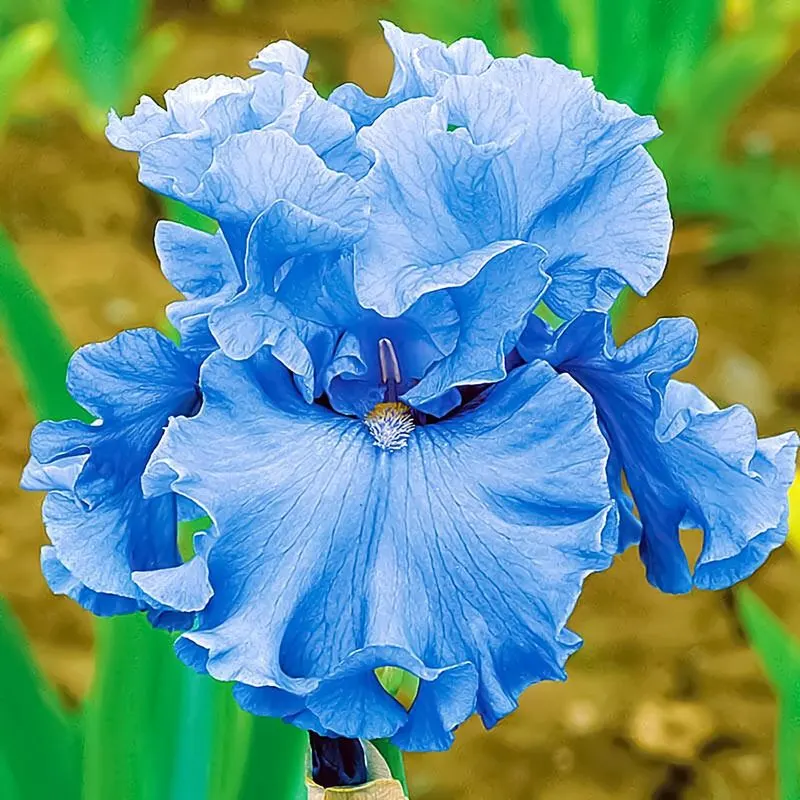
Irises captivate with their intricate blooms and sword-like foliage. These hardy perennials thrive in full sun and well-drained soil, with some varieties preferring moist areas near ponds.
Blooming in spring, irises come in a range of colors from deep purple to soft yellow. They are perfect for borders or as focal points in mixed beds. Regular division ensures vigorous growth and plentiful blooms.
Gaillardia (Blanket Flower)
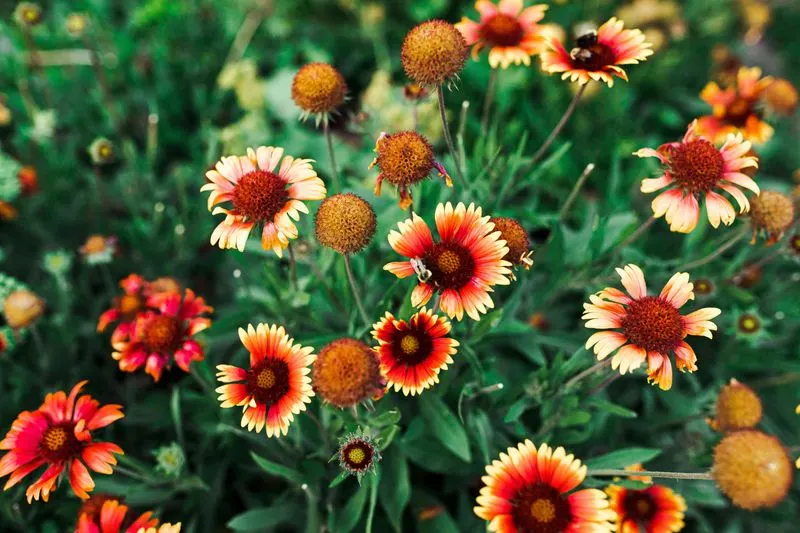
Gaillardia, or Blanket Flower, offers vibrant red and yellow blooms throughout summer and fall. These drought-tolerant plants thrive in full sun and poor, well-drained soil.
Ideal for borders or wildflower gardens, Gaillardia attracts pollinators and requires minimal care. Deadheading encourages continuous blooms, making them a reliable choice for extended color. Consider using them in a butterfly garden for added life and movement.
Peony
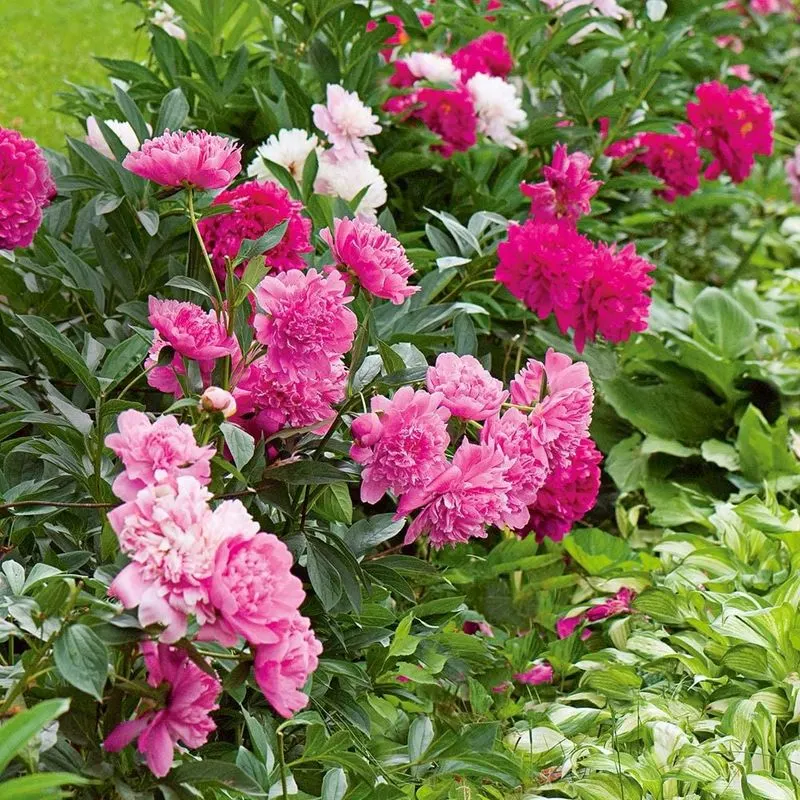
Peonies are beloved for their large, fragrant blossoms and lush foliage. Blooming in late spring to early summer, they thrive in full sun and rich, well-drained soil.
While they require some patience to establish, peonies reward with spectacular blooms. Staking may be necessary for larger flowers to prevent drooping. Peonies are perfect as feature plants or in mixed borders, providing a touch of elegance.
Nepeta (Catmint)
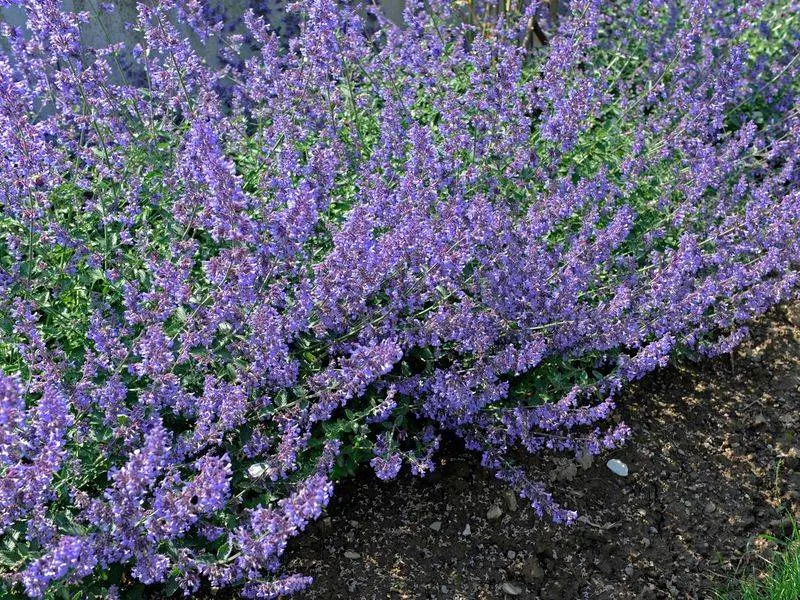
Nepeta, or Catmint, is prized for its aromatic foliage and lavender-blue flowers. Blooming from late spring to early fall, it thrives in full sun and well-drained soil.
Nepeta is drought-tolerant and deer resistant, making it a hassle-free choice. Its sprawling habit is ideal for borders or as ground cover. Deadheading promotes repeat blooms, ensuring a long season of color.
Veronica (Speedwell)
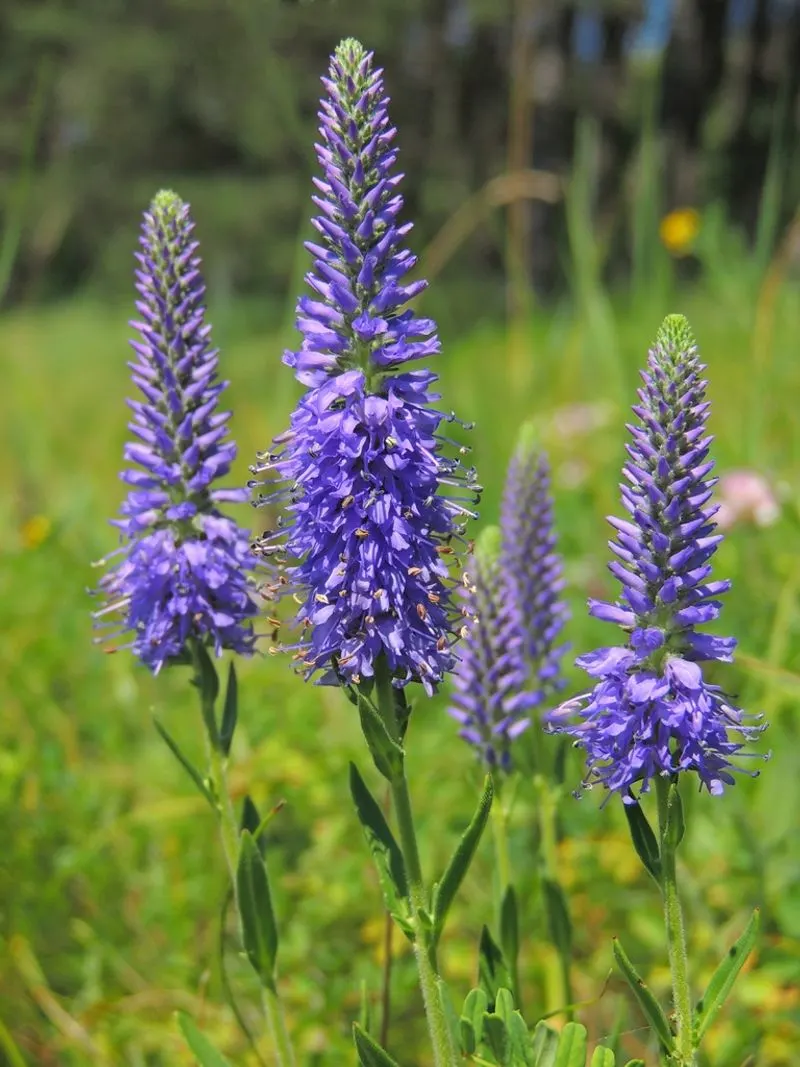
Veronica, or Speedwell, enchants with its spiky flowers in shades of blue, pink, and white. Blooming from spring to summer, it prefers sunny locations with well-drained soil.
This perennial is a magnet for pollinators, creating a lively garden environment. Deadheading spent blooms encourages new growth, and its compact form is suitable for borders or rock gardens. Speedwell is perfect for adding vertical interest without overwhelming the garden.
Digitalis (Foxglove)
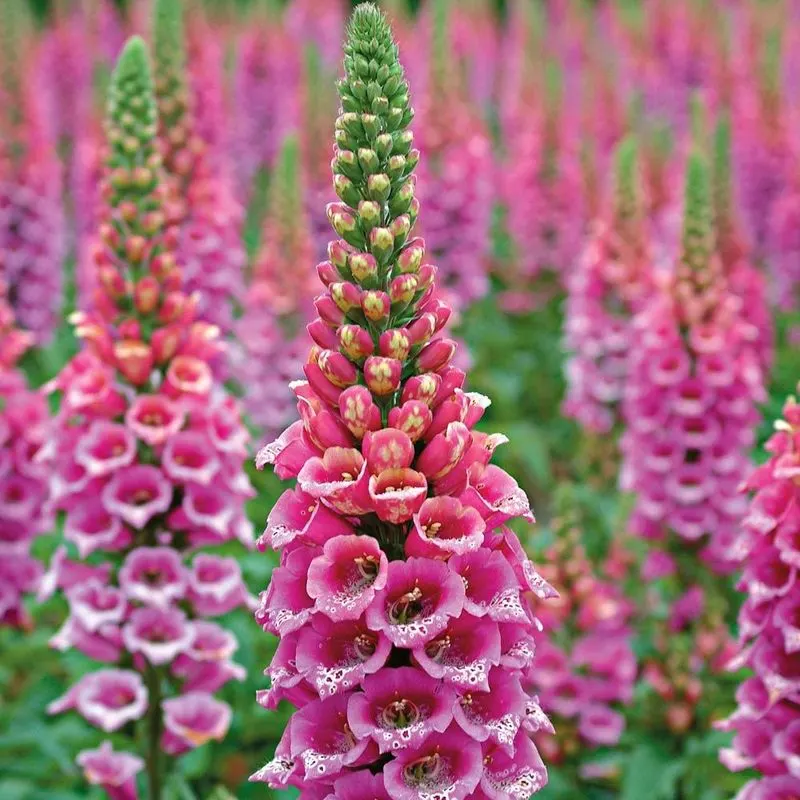
Digitalis, or Foxglove, adds drama with its towering spikes of tubular flowers. Preferring part shade and moist, well-drained soil, they are ideal for woodland gardens.
These biennials or short-lived perennials bloom in late spring to early summer. Digitalis is perfect for adding vertical interest and attracts hummingbirds with its nectar-rich flowers. Regular deadheading extends their blooming period and prevents unwanted self-seeding.

